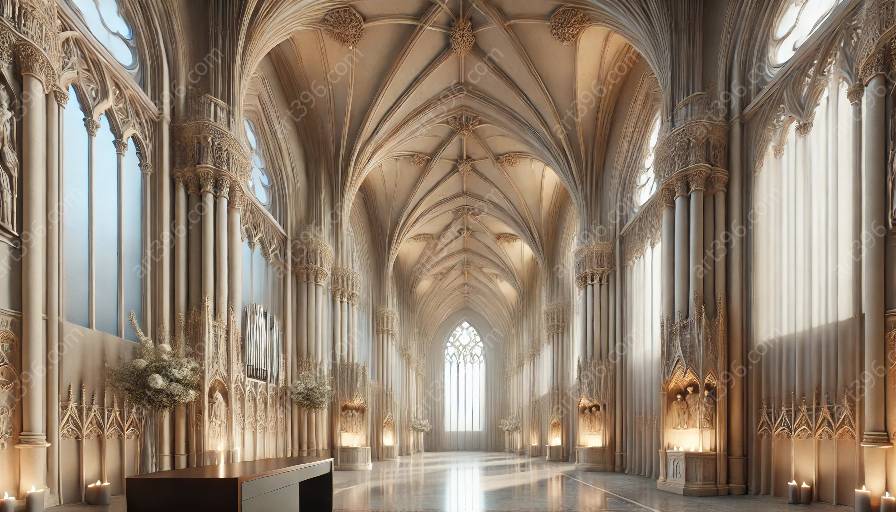Gothic architecture is renowned for its intricate designs, towering spires, and pointed arches. When compared to other architectural styles, such as Romanesque, Baroque, and neoclassical, Gothic architecture stands out for its verticality, dramatic ornamentation, and emphasis on light. This article delves into the key differences between Gothic architecture and other styles, providing a comprehensive exploration of their historical contexts, design elements, and cultural impacts.
The Distinctive Features of Gothic Architecture
Gothic architecture, which emerged in the 12th century and flourished across Europe, is characterized by its use of ribbed vaults, flying buttresses, and stained glass windows. The pointed arch, a hallmark of the style, provides a sense of upward movement, creating a dramatic and ethereal effect. The Gothic cathedral, with its soaring spires and intricate tracery, represents an awe-inspiring fusion of art and engineering.
Comparing Gothic Architecture to Romanesque
When comparing Gothic architecture to the preceding Romanesque style, one can observe the shift from heavy, fortress-like structures to the soaring, light-filled spaces of the Gothic cathedrals. While Romanesque buildings feature rounded arches, thick walls, and small windows, Gothic structures showcase pointed arches, slender columns, and expansive stained glass panels, embodying a sense of verticality and luminosity.
Contrasting Gothic with Baroque and Neoclassical Styles
In contrast to the elaborate ornamentation and vertical emphasis of Gothic architecture, the Baroque style is characterized by its dynamic use of light and shade, theatricality, and grandeur. Neoclassical architecture, inspired by classical Greek and Roman designs, prioritizes symmetry, proportion, and rationality. By examining these distinct styles alongside Gothic architecture, one gains a deeper appreciation for the diversity and evolution of architectural expression throughout history.
Historical and Cultural Significance
Throughout the centuries, Gothic architecture has been intertwined with religious, social, and political narratives, shaping the skylines of medieval cities and leaving a lasting impact on the built environment. Exploring the contrast between Gothic and other architectural styles provides valuable insights into the cultural, technological, and artistic developments of each era, offering a window into the human creativity and ingenuity that continue to inspire us today.









































